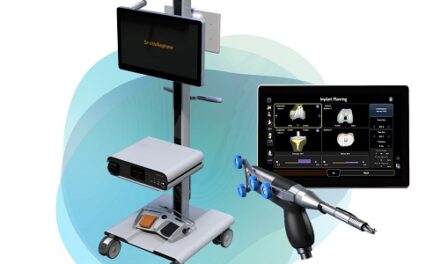Dont rush out and purchase those energy efficient windows just yet. The various credits do not “kick in” until 2006, and then just for 2006 and 2007 costs. However, if you are thinking about replacing and/or upgrading some features in your home, you can plan for the following credits:
Solar and fuel-cell equipment credits: a) 30% of the cost of equipment that uses solar energy to generate electricity (photovoltaic property), up to a $2,000 maximum credit.b) 30% of the cost of solar water heating equipment, up to a $2,000 maximum tax credit.
c) 30% of the cost of a fuel cell power plant (new technology that converts fuel into electricity using electromechanical methods, and meets other detailed requirements), up to a $500 maximum tax credit. Item c must be installed in your main home, whereas, the first two items may be installed in either your main home or second home. All three types of equipment must be installed in a U.S. home, and cannot be used to heat a swimming pool or spa. For businesses, the new law increases the 10% credit to 30% for solar energy property. In addition, the new law makes equipment that uses fiber-optic distributed sunlight to illuminate the inside of a structure solar energy property eligible for the 30% credit. Energy efficient improvements credits: Other assortments of energy saving improvements installed in your main home are available as well. However, theres an overall lifetime dollar limit on the following: a) 10% of the cost of energy efficient building envelope components, which consist of: insulation materials, exterior windows, exterior doors, and certain metal roofs. These must be expected to last at least five years and you must be the first user of the improvements.
b) Up to $300 tax credit for the cost of energy efficient building property, such as heat pumps, central air and natural gas.
c) Up to $150 credit for a natural gas, propane, or oil furnace or hot water boiler.
d) Up to $50 credit for an advanced main air circulating fan. The overall lifetime tax credit for all of the above improvements is $500, but only $200 of this credit can be for energy saving windows. Home builders also have a new incentive to build energy-efficient homes: Their credit is either $2,000 or $1,000 per qualifying home. The credit requirements for a structure are as follows: 1) It must be located in the U.S.
2) Its construction must be substantially completed after August 8, 2005 and acquired in 2006 or 2007.
3) It must meet the specific energy saving requirements below.
4) It must be built by the “eligible contractor.”
5) It must be acquired for use as a residence during the tax year. The $2,000 credit applies if the home is certified to have a projected level of annual heating and cooling energy consumption that meets the standards for a 50% reduction in usage, and its building envelope component improvements (mentioned above) account for at least one-fifth of the 50% reduction. A manufactured home qualifies for the $2,000 credit if it meets these requirements and conforms to Federal Manufactured Home Construction and Safety Standards (FMHCS), as well. The $1,000 credit applies to a manufactured home if it conforms to FMHCS and meets either of the following two conditions: 1) It is certified to have projected levels of annual heating and cooling energy consumption that meets the standards for a 30% reduction in usage, and its building envelope component improvements account for at least one-third of the 30% reduction.
2) It meets the requirements established by the Administrator of the Environmental Protection Agency under the Energy Star Labeled Homes program. Remember, tax credits are more valuable to you than deductions because they are subtracted dollar-for-dollar off the bottom line of your federal tax bill. I hope this information is helpful. If you would like more details about these credits, please call me.



























